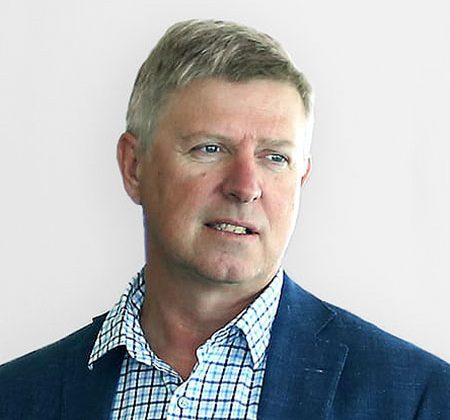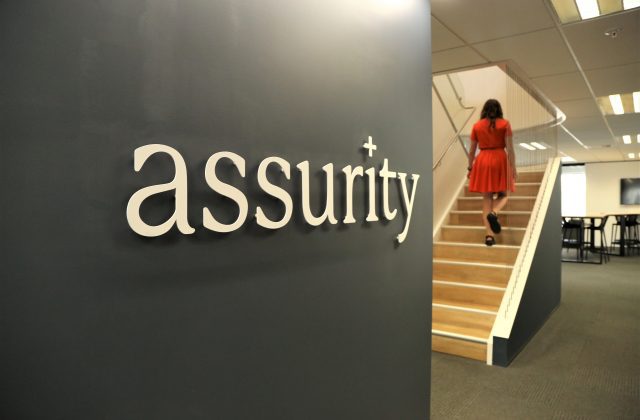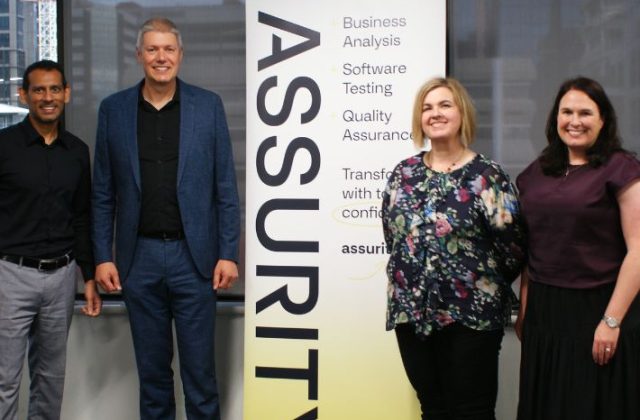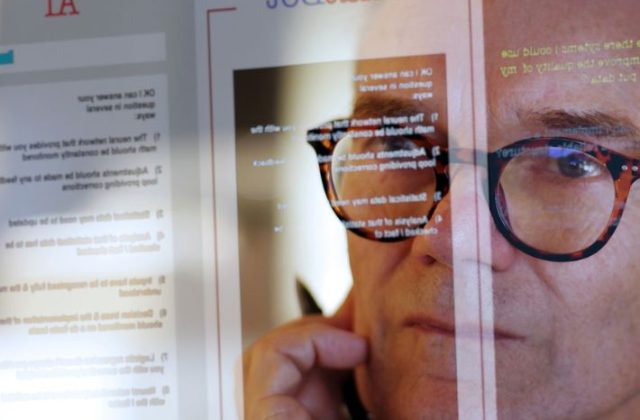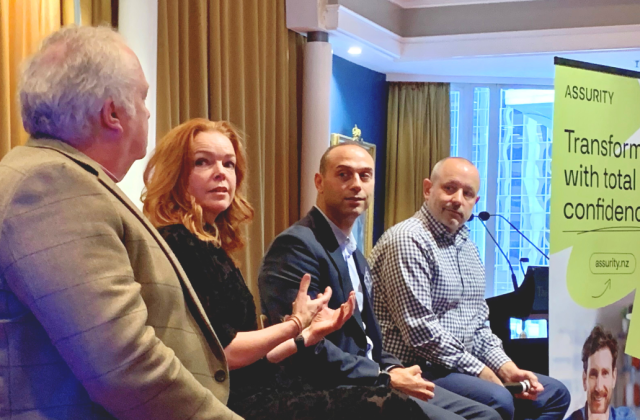Date: 25 August 2018
As part of our journey to build and grow Assurity over the past 13 years, we’ve always had a mindset centred around strategy. Without a good strategy, you’re lost. Without strategy it’s difficult for customers and staff to understand where you are heading and how you can work together to tackle big challenges. Without strategy, you will get left behind.
When we first started, it was easy to develop a strategy. We took our strategy and looked at what we needed to deliver knowing that what we have will last for five years or more. Now, with digital everywhere and with customers’ needs changing at speed, we need to find a new way to reflect on who we are, where we are going and how we get there.
We need to place small bets and inspect and challenge our strategy. If we don’t, we won’t see the bends in the road. Our services and solutions might be outdated and commoditised taking us down an unnavigable cul-de-sac.
Ideas. Without ideas, we have no future. Ideas can come from anywhere – from our 260+ amazing staff, from partners and customers, reading and research. From anywhere. What’s hard, but vitally important, is to find a way to allow ideas to turn into concepts and then to nurture these concepts and allow experiments to form to prove the ideas.
Doing this, with connection to strategy, a clear line of sight to the realities of running a business and by supporting and caring for staff along the way is the secret to success.
How do we inspire, yet allow ideas to fail fast? We want to be Agile and we want to make good decisions. To do this, we need to have a clear framework for how we think and this thinking needs to be centred on strategy and creating great outcomes.
Our ideas process is centred around key stages or gates which allows us to pause regularly so we can review and reflect before moving forward. The Discovery stage is part of this thinking and starts with the concept.
Concept creation
We welcome ideas for new products and services from all areas of the business. The first step in the lifecycle is for the person with the idea (owner) to outline the concept into a one-page concept document and find an internal support sponsor (the ‘investor’) to work with. Investors come from our leadership team – specifically to help create a supported place for people to work.
When ideating concepts, we need to be sure that what’s being thought of is in line with our strategy as a business (or is flagged as an idea for extending the strategy). We capture foundational information about the idea and the owner to encourage the seeking out and engagement of solution leads, service leads, customers and stakeholders as needed.
Based on the merits of the idea, if the concept is considered to be worth progressing (by the owner and investor), then we structure the concept into our portfolio. Our next step is to expand the concept to creating a Lean Business Canvas which defines more formally the idea and why customers (or staff) might want it.
Lean Canvas – what’s the market opportunity?
As part of this stage of the Lean Canvas process, we describe the opportunity in the eyes of the customer. The Lean Canvas follows standard Lean Canvas approaches but must connect to our strategy, as well as describe the innovation horizon that it aligns to. If the customer doesn’t see value in the idea, then we’ve not wasted valuable time looking internally at how we would build something or run things operationally. We want to fail fast.
The owner (supported by the investor) is responsible for defining and running this stage and for communicating the effort and costs for developing the concept into a Lean Canvas.
Any Lean Business Canvas will typically be presented to the leadership team for further support. Having an investor from our leadership team helps ensure that people are well-supported and we have a safe-to-fail environment in place. Many ideas are great ideas, but sometimes we simply cannot deliver on or have too much on the go to give the right support. Some die, some get postponed and some fail. Our aim is not to disappoint, especially because everyone loves their own idea. To do this, we need to be open and transparent with people so they understand why we can support or not.
Operational Canvas (what are the operational constraints)?
Once a Lean Canvas is agreed as a good idea (customers want it), we next detail how the service will be best created and operated internally and externally, as well as who’s involved and accountable for success.
Our Operational Canvas seeks to answer:
- Who is accountable for the idea when in operational state?
- How would we engage customers with the idea?
- What marketing support might be required?
- What environments and equipment are required for running the idea?
- How will we record financials for the idea?
- What training is required and any certification processes?
- How will we develop and manage the IP which underpins the idea?
- How will the idea, once released, continue to grow and innovate in itself?
- Regional support –is this for all regions, some or one region?
What we have often found is that we find great ideas which customers love, but can sometimes be bigger than we are, too hard to run or simply address one region’s needs which don’t exist in other parts of the country. Understanding early in the cycle means we don’t waste valuable time and resources and encourages us to invest in that drive to company strategy.
All about the mindset
The way we work might sound waterfall to some, too process-bound or too formal. This isn’t the mindset we have. We encourage an Agile mind, a mindset which is open to listening and learning and one which values people and their potential. We strive to be Agile, do Agile and create a safe place for people to experiment.
We cherish ideas and want our people to grow and learn. Failing can be fun and creating things which bring strategy to life can be fun. For me, watching people have fun is the most fun of all.

